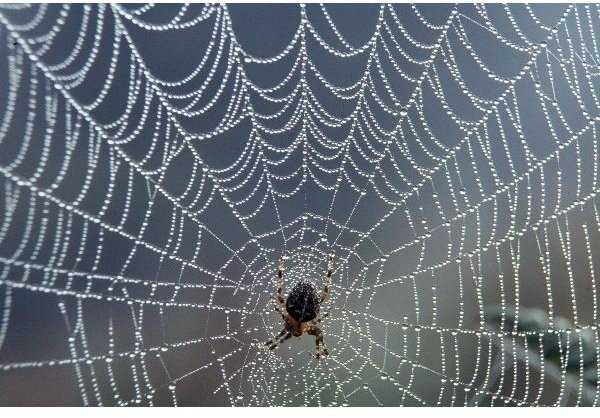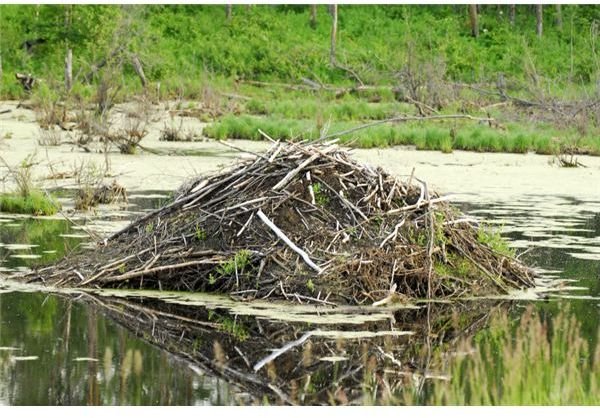How Beavers and Spiders Inspire Architects
Introduction
Since eons, nature has been a source of great inspiration for architecture. Be it as basic as a nest or as complicated as a web, nature personifies an architect. The depth of the skills that nature has is still unknown; given the fact that millions of natural mysteries remain unsolved by human beings till date. Animals, insects, and birds are way ahead of humans when it comes to architecture.
Learning from Beavers
Animals like beavers not only build their homes, but also take care of their own safety. They are well known for building magnificent dams - their homes. A beaver’s lodge is equivalent to an igloo constructed using wood, mud, and rock. The entrance to it is underwater. The reason for it being underwater is that the water protects beavers from their enemies. The pond where a beaver build its home seldom exists. Instead, the beaver constructs a dam that directs sufficient water to a depression, followed by filling it. Afterwards, the beaver erects its lodge in this newly made pond. Beavers build the dam from materials such as wood, weeds, mud, and rock. To date, the largest dam that beavers have built is 850 metres. Beavers knew the art of building dams from the very start, a time when humans didn’t even coin the word “dam.”
However, humans have learned quite a few things from beavers. Irrigation techniques, dams, defensive moats, amphibian habitation, hydro-dynamics and snowfall roof-insulator are few of these methods. Beavers have profound talent to revolutionize the complete eco-system. Wood selected by beavers is mostly truncheon (sprout) and form roots and trees which support the dam forming a lasting steady foundation. The beaver transforms its surroundings without use of any mechanical equipment. Be it creating a refuge for amphibians or making food easily available at the bottom (due to greenery) or negating extra nitrogen in environment, beavers are a boon to the environment.
Learning from Spiders
Just like beavers, spiders are also intelligent architects, quite naturally. The spider-web has proved to be great art not just visually, but also verbally. The IT (Information Technology) world was inspired by spiders when they named their discovery the “world wide web,” signifying connections. Webs remain a significant discovery by human beings to learn from. The web-strands have strong and incredible features. Web-strands of spider-silk are powerful even to steel. It is so elastic that it bends about forty percent previous to rupture. Spider webs also have brilliant hygro-scopic characteristics that keep the strands from being arid and exceptional acidic properties that avert bacteria and fungus. None would believe that it can be eaten too. Moreover it is proved that one needs a spider-silk of forty-five to seventy-two km long, before it breaks under its own weight. Above all, the thickness of spider-silk is unvarying right from the beginning to the end and the exact dimensions are based on the spider’s body size.
Spiders are certainly a source of inspiration for engineers. What more!!! Spiders don’t even need measurement scales to compute the distance. Nature is a magic indeed. Humans have learned quite a few things from spiders like suspension bridge erection, the strength of the “Y” and arch shapes, and polymerization. But there are many more items which remain to be learnt such as advanced light-weight materials fabrication techniques.
However, there are many more architects camouflaged in nature that remain to be exposed. But along with this, human beings should also take steps to preserve these natural architects or else they will die forever in the course of technological advancement.

